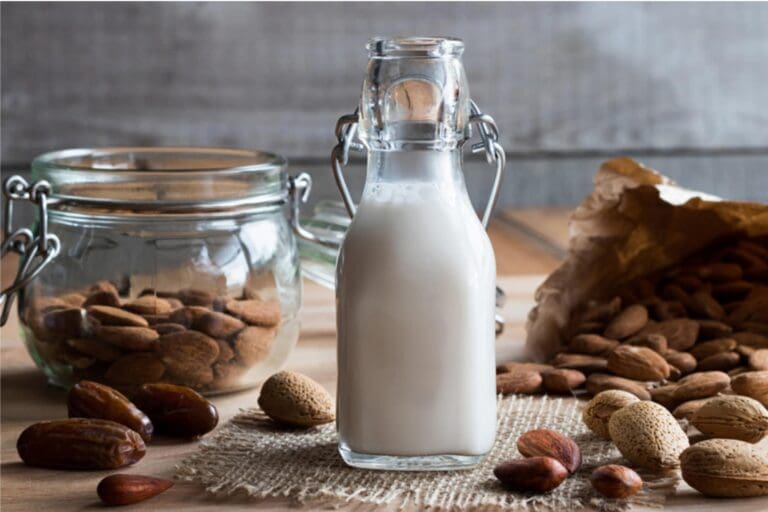There are so many amazing benefits of going plant-based, both for your health and the environment. I have been vegan for years and it has contributed the best I have ever felt and looked! My passion for plant-powered meals goes beyond my own health and the health of my clients. I also recently started an organic, plant-based meal delivery service to help provide delicious meals for busy professionals who want to be healthy but don’t have time to cook.

Today, I’m here to share a complete guide to eating plant-based with you so you can have all the tools to get started with this amazing healthy lifestyle!
First, what is plant-based? This way of eating focuses on consuming mainly plant-focused, minimally-processed foods while minimizing animal products. You will eat a diet of healthy fats, legumes, whole grains, vegetables, starchy root vegetables, plant proteins, etc. which will give you a boost of vitamins and minerals. Eating this way can drastically improve your health and the environment.
Benefits of a plant-based for your health:
-
- Plant-based eating can help you lose weight and maintain weight loss over time.
-
- It may reduce your chances of getting certain types of cancer. According to this article from the Mayo Clinic: “Plants produce many phytochemicals (literally, plant chemicals) that may protect cells from damage. Phytochemicals have many beneficial effects, including that they are anti-inflammatory.
-
- You will get more fiber in your diet which is great for keeping your digestive system healthy.
-
- Lowers your chance of getting diabetes. Studies have shown that people who stuck to a plant-based diet consistently, lowered their risk of developing diabetes by 34%
Benefits of a plant-based diet for the environment:
-
- We can significantly reduce our carbon footprint which means the earth won’t heat up as quickly. Carbon dioxide, methane, and nitrous oxide are all powerful greenhouse gases, and together, they cause the vast majority of climate change.
-
- We would reduce huge amounts of water waste. Half of the water in the U.S. goes to raising animals for food. We could be saving at least 50% of our water usage if we all eliminated meat and milk from our diets.
-
- We can reduce water pollution and improve our air quality.
-
- Help your local economy by buying from local farmer’s markets in your area.

How to start eating plant-based:
-
- When first starting out, try going meatless a couple times a week. You can try a “meatless Monday” to get started and go from there!
-
- Try to use as many whole-food ingredients as possible. When you choose real foods such as vegetables, beans, tempeh, nuts, whole grains, potatoes, etc. that are not highly processed, your body will be able to digest them better.
-
- Eat fresh food when possible. Shop the outer aisle of the grocery store first to get vegetables, avocado, then work inward to get beans, nuts, and whole grains.
-
- Find some of your favorite meals online in a vegan version. Just because something doesn’t have meat in it, doesn’t mean it won’t taste just as delicious.
-
- If you are too busy to cook your own meals, ,,you can try a service like my plant-based meal delivery service, Renew. You can get organic, vegan, whole-food meals delivered to your door each week that are perfectly portioned based on your individual health and weight loss goals. These meals are always fresh, never frozen, and ready to heat and eat.
-
- Swap all of your dairy products for alternatives such as almond, coconut, oat milks.
Things to avoid when switching to a plant-based diet:n
-
- Avoid eating overly processed fake meat food products. These often have a long list of ingredients that you can’t pronounce and won’t be as beneficial for your health as unprocessed foods.
-
- Try avoiding boxed or frozen meals that are high in sodium and fat.
-
- Just because something is labeled vegan or vegetarian doesn’t mean it is healthy. Continue to avoid fast-food restaurants.
If you want to try going plant-based but without all of the hassle of planning and cooking your own meals, sign up for our ,,Renew meal delivery system this week to give it a try! We ship locally to the Bay Area and nationally!






